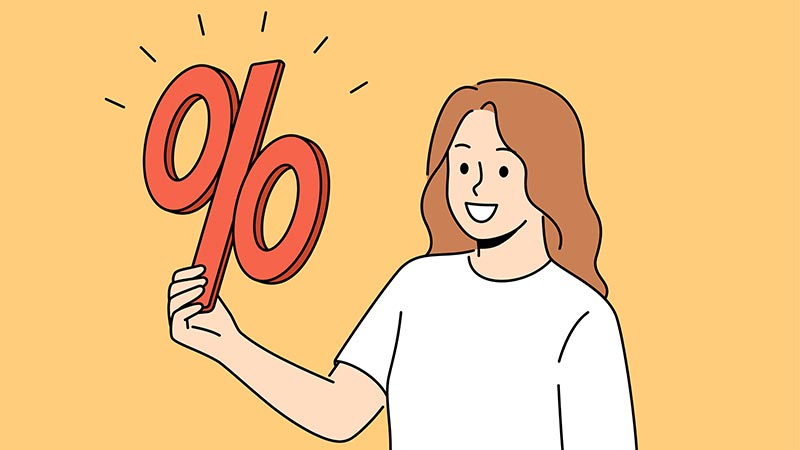 Image: Valery Vasilyeu (Motion Array)
Image: Valery Vasilyeu (Motion Array)
Author: VANAS Team
Tax Credits Per Canadian Provinces
If you’re dreaming of making your mark in animation, visual effects, or video games, understanding where your money goes — and how to make it work for you — is crucial. One secret weapon many creative professionals overlook? Provincial tax credits.
At Vancouver Animation School (VANAS), we know that becoming a successful digital artist isn’t just about your drawing tablet and your creativity — it’s also about making smart decisions to stretch your budget, land jobs, and maybe even grow your own studio one day.
Let’s break down how tax credits per Canadian provinces can help you do just that.
Why Tax Credits Matter for Digital Artists Right Now
Picture this: You’re fresh out of art school. You’ve joined a small indie game studio or maybe you’re freelancing on animated shorts. Every dollar counts — and so does every province you choose to work in.
Canada is famous for its generous film and digital media tax credits — these incentives help studios hire local artists like you. If you know how they work, you can position yourself where your skills are in demand and where studios are motivated to bring you on.
Unique Insight: When I started freelancing, I had no idea that my province made me more 'hireable' just because my labour qualified for tax incentives, says Sophie D., a VANAS alum now working in VFX. Once I understood it, I actually moved from Alberta to BC to get closer to studios that could benefit from these credits. It opened more doors than I expected.
How Tax Credits Work (Without the Boring Jargon)
In simple terms, provincial tax credits help studios or individuals reduce their taxes if they hire local talent. For you, this means your skills are more competitive in certain provinces.
Most digital media credits focus on:
- Animation production
- Visual effects
- Video game development
- Interactive digital media
Some provinces offer a percentage rebate on qualified labour costs — basically, the salaries paid to artists like you.
A Snapshot: Tax Credits by Province
Here’s a quick overview of how major provinces stack up for digital media tax credits:
| Province | Credit Rate | Example of What It Covers |
|---|---|---|
| British Columbia (BC) | 17.5% Digital Animation, Visual Effects (DAVE) credit + regional bonuses | Labour for animation, VFX, post-production |
| Ontario | Up to 40% for computer animation & digital effects | Interactive digital media, games |
| Québec | Up to 37.5% (plus bonuses for French-language or regional work) | Games, VFX, animation |
| Alberta | 25% Film & TV Production Grant (more limited for digital media) | Film/TV, some interactive work |
| Manitoba | 45% base, up to 65% with bonuses | Animation and digital media labour |
| Nova Scotia & Atlantic Canada | Varied credits for film/TV, some digital | Small but growing gaming and animation studios |
Pro Tip: These numbers change. Always check your province’s film commission website or talk to a studio’s accountant.
Real Example: Why BC Attracts So Many Artists
Vancouver is a global hub for animation and VFX — that’s partly because studios can claim the DAVE tax credit (Digital Animation, Visual Effects).
When a studio can get back 17.5 percent of what they spend on local artists, they’re more likely to hire you over someone overseas. It keeps the local industry buzzing and gives you more opportunities to level up.
At Vancouver Animation School (VANAS), we help students connect with studios that benefit from these credits. So whether you’re working on blockbuster movies or indie games, your skills and your location work hand-in-hand.
How to Use This to Your Advantage
- Know Your Province’s Credits Don’t just assume — look up your local tax credits and see if your skills qualify. For example, do they include gaming? Is there an interactive digital media category?
- Put It On Your Résumé Let studios know you live in a region that qualifies for labour tax credits. It can literally save them thousands, which makes you more attractive as a hire.
- Consider Relocating Strategically If you’re flexible, moving to a province with stronger incentives could give you more job security. Many artists relocate to BC, Ontario, or Québec for this reason.
- Ask About Remote Work Rules Some credits require you to physically work in the province — others allow for partial remote work. If you freelance from another province, you might not count toward the credit.
Common Mistakes to Avoid
Assuming tax credits don’t affect you as an employee or contractor. Forgetting to check for regional bonuses — some provinces offer extra incentives for work done outside major cities. Not keeping proper invoices or proof of residency — some studios may need this for their tax paperwork.
Quick FAQ: Tax Credits Per Canadian Provinces
Q: Do tax credits go directly into my pocket? A: Not exactly. Tax credits reduce the studio’s tax bill, but they make you a more affordable hire. Indirectly, they help you get work.
Q: I’m a freelancer — does this still matter? A: Yes. Studios can claim your contract work as qualified labour if you meet their requirements.
Q: How do I find out what applies in my province? A: Visit your province’s film commission or economic development website. Or ask your employer’s finance team.
Key Takeaway: Leverage Tax Credits to Boost Your Career
Tax credits per Canadian provinces can be a game-changer for digital artists — if you know how to use them. They don’t just help big studios save money — they help you get hired and stay hired.
At Vancouver Animation School (VANAS), we guide our students through real-world industry insights like these so you’re not just talented — you’re strategic, too.
Stay Connected with VANAS
Want more practical tips like this? Join our newsletter for free resources. Download our guide to freelancing smarter as a digital artist. Contact VANAS to see how our programs can help you launch your career where your talent and location count most.







